Introduction
Crystallized citrus, often referred to as candied citrus or glacé fruit, is a timeless confection that transforms the zesty brightness of oranges, lemons, and other citrus varieties into a chewy, sugar-coated delight. Among these, Bingtang Ganju (冰糖柑桔), a Chinese specialty, stands out for its delicate balance of sweetness and tang, achieved through a meticulous process of simmering and drying. This guide will demystify the steps to create this luminous treat at home, from selecting the finest citrus to achieving the perfect crystallized texture. Whether you seek a gourmet gift, a baking ingredient, or a nostalgic snack, mastering this technique opens doors to a world of culinary creativity.
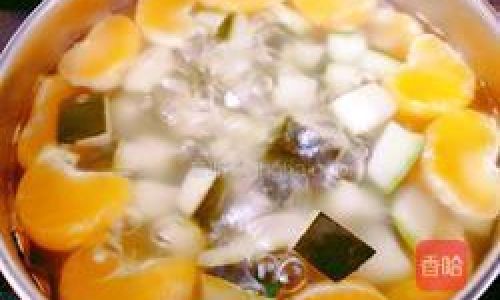
Understanding the Basics of Crystallization
Crystallized citrus is not merely sugar-coated fruit; it is a preservation method dating back centuries. The process involves osmosis, where sugar replaces the fruit’s natural moisture, preventing spoilage while intensifying flavor. Unlike quick candying methods, traditional crystallization requires patience—often spanning several days—to ensure the sugar penetrates the fruit fully, resulting in a translucent sheen and a tender, not tough, texture.
Selecting the Right Citrus
The foundation of exceptional crystallized citrus lies in selecting ripe, flavorful fruit. For Bingtang Ganju, mandarins like Satsuma or Clementine are ideal due to their thin, aromatic peels and juicy segments. Avoid thick-skinned varieties like grapefruit, as their pith can become bitter during cooking.
Key Considerations:
- Freshness: Choose firm, unblemished fruit with vibrant color.
- Organic vs. Conventional: Opt for organic citrus to minimize pesticide residue, which can concentrate during cooking.
- Seasonality: Winter mandarins, at their peak sweetness, yield the best results.
Preparing the Citrus: Peeling, Slicing, and Blanching
Step 3.1: Peeling
Gently remove the peel from each mandarin, avoiding the bitter white pith. If using whole fruit, score the skin into quarters and peel carefully. Save the flesh for another use (e.g., juice or zest).
Step 3.2: Slicing
Cut the peels into thin strips (⅛ to ¼ inch wide) or small triangles. Uniformity ensures even cooking.
Step 3.3: Blanching
Blanching removes bitterness and softens the peels:
- Place peels in a saucepan and cover with cold water.
- Bring to a boil, then drain immediately.
- Repeat this process 2–3 times, refreshing the water each time, until the peels taste mildly sweet.
Simmering in Sugar Syrup: The Alchemy of Sweetness
The syrup stage is where science meets art. A 1:1 ratio of sugar to water creates a saturated solution, but adjustments can be made for texture:
- Simple Syrup: 2 cups sugar + 2 cups water.
- Honey Variation: Substitute ½ cup honey for a floral note.
Cooking Process:
- Combine sugar and water in a wide, heavy-bottomed pot.
- Stir over low heat until sugar dissolves.
- Add blanched peels and simmer gently for 45–60 minutes, stirring occasionally.
- The peels are ready when they appear translucent and the syrup thickens.
Pro Tip: Avoid high heat, which can caramelize the sugar prematurely.
The Overnight Rest: Letting Magic Happen
After simmering, transfer the peels and syrup to a glass or ceramic container. Cover loosely and let rest at room temperature for 12–24 hours. This step allows the peels to absorb the syrup fully, intensifying flavor and texture.
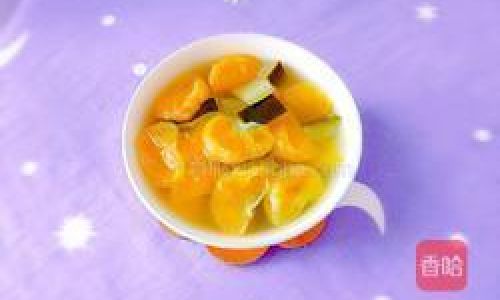
Drying: Achieving the Perfect Crunch
The final stage transforms softened peels into chewy, sugar-crusted gems. Two methods are commonly used:
Method 6.1: Air Drying
- Drain the peels, reserving the syrup for future use (e.g., cocktails or desserts).
- Spread the peels on a wire rack over parchment paper.
- Let dry in a cool, well-ventilated area for 24–48 hours, flipping occasionally.
Method 6.2: Oven Drying
- Preheat the oven to its lowest setting (150–170°F/65–75°C).
- Arrange peels on a baking sheet lined with parchment.
- Bake for 2–3 hours, checking hourly to prevent burning.
Desired Texture: The peels should feel slightly sticky but firm, with a matte finish.
The Final Sugar Coating: Polishing to Perfection
For an extra layer of sweetness and texture, toss the dried peels in granulated sugar. This step is optional but adds visual appeal and a satisfying crunch.
Storage and Shelf Life
Store crystallized citrus in airtight containers away from light and moisture. Properly dried peels can last up to a year, though their flavor peaks within 3–6 months. For extended storage, add a silica gel packet to absorb excess humidity.
Creative Variations and Flavor Pairings
Crystallized citrus is a canvas for culinary experimentation:
- Spiced Peels: Add cinnamon sticks, star anise, or cloves to the syrup.
- Herb-Infused: Toss dried peels in fresh rosemary or thyme before sugar-coating.
- Chocolate-Dipped: Melt dark chocolate and coat half of each peel for a decadent twist.
Troubleshooting Common Issues
- Sugar Crystallization: If the syrup crystallizes during cooking, add a tablespoon of lemon juice or corn syrup to inhibit recrystallization.
- Uneven Drying: Rotate peels frequently during air drying to ensure even moisture loss.
- Bitter Aftertaste: Ensure thorough blanching and avoid using thick-pitted citrus.
Beyond Snacking: Culinary Applications
Crystallized citrus elevates both sweet and savory dishes:
- Baking: Chop into scones, muffins, or fruitcakes.
- Cocktails: Garnish martinis or old-fashioneds with a twist.
- Salads: Toss with mixed greens, goat cheese, and toasted nuts.
- Gifts: Package in decorative jars tied with ribbon for a thoughtful present.
The Cultural Significance of Crystallized Fruits
In Chinese New Year celebrations, Bingtang Ganju symbolizes prosperity and good fortune, often exchanged as offerings or gifts. Similarly, in European traditions, candied citron and orange peels have graced festive tables for centuries, underscoring the universal appeal of preserved sweetness.
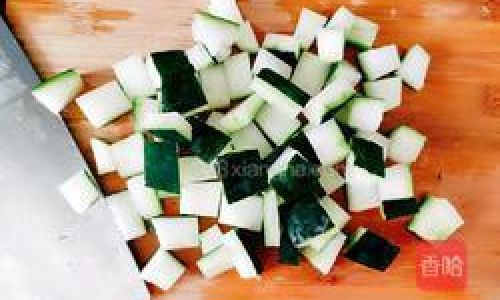
Sustainability Tip: Repurposing Syrup
The leftover syrup from crystallization is a goldmine of flavor. Use it to:
- Sweeten tea or cocktails.
- Glaze roasted meats or vegetables.
- Make granita or sorbet.
Health Considerations: Moderation and Alternatives
While crystallized citrus is a treat, its high sugar content warrants moderation. For a lighter version, reduce the simmering time or use a sugar substitute like erythritol. However, note that texture may vary.
Advanced Techniques: Two-Tone Crystallization
For a striking visual effect, dip half of each peel in melted dark chocolate after sugar-coating. Let harden on parchment paper before storing.
The Joy of Homemade vs. Store-Bought
Store-bought crystallized citrus often contains artificial preservatives and flavors. Homemade versions allow control over sweetness, texture, and ingredients, resulting in a purer, more vibrant taste.
Conclusion: A Labor of Love
Crafting crystallized citrus is a meditation on patience and precision. Each step—from blanching to drying—honors the fruit’s essence while elevating it into a versatile, timeless delight. Whether enjoyed solo, gifted to loved ones, or incorporated into recipes, Bingtang Ganju embodies the magic of turning simple ingredients into culinary artistry.
Final Thoughts: Embrace the Process
Mistakes are inevitable but educational. A batch that’s too sticky or unevenly dried can still be repurposed in compotes or sauces. The key is to savor the journey, adjusting variables like sugar ratios or drying times to suit your palate.
In a world of instant gratification, the slow art of crystallization reminds us that some pleasures are worth waiting for. So gather your citrus, arm yourself with time, and embark on a flavor adventure that bridges tradition and innovation. Your taste buds—and those you share with—will thank you.
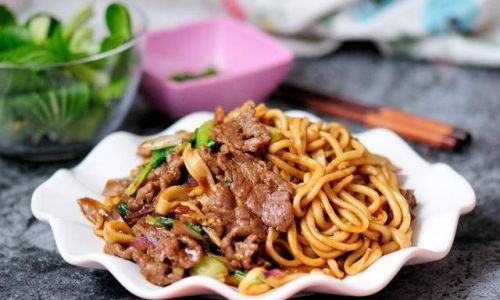
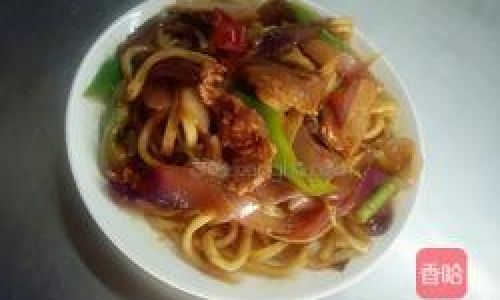
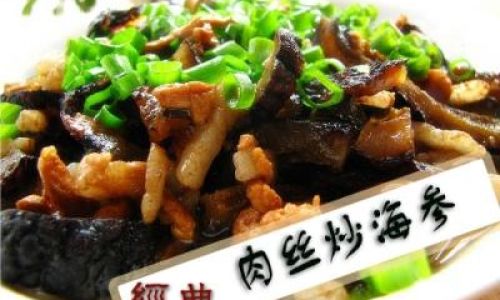
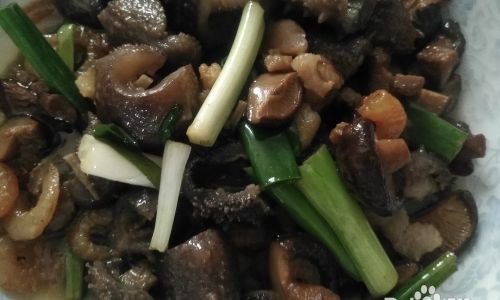
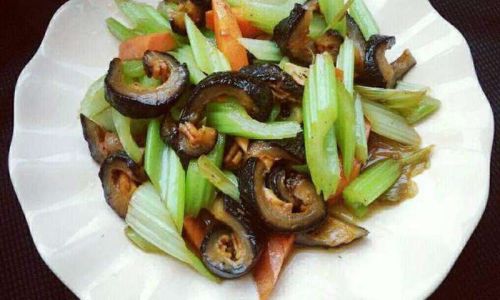
0 comments